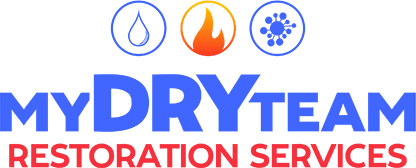Fire Damage Mitigation / Restoration
Fires can cause severe damage and emotional distress. Our team works to restore your home to its pre-damage condition as quickly as possible.
Fast & Reliable Fire Damage Restoration – 24/7 Emergency Response
Fire damage affects more than what meets the eye. Extreme heat, smoke, and soot can weaken a building’s structure, while toxic residues and lingering odors create potential health hazards. My Dry Team Restoration specializes in fire damage mitigation and restoration, helping to make homes and businesses safe, clean, and structurally sound.
Our IICRC-certified professionals are available 24/7, arriving within an hour to evaluate the damage, secure the property, and begin restoration. Using industry-approved methods and advanced equipment, we efficiently remove harmful contaminants, repair structural damage, and eliminate smoke odors, restoring the property to its pre-damage condition as quickly as possible.
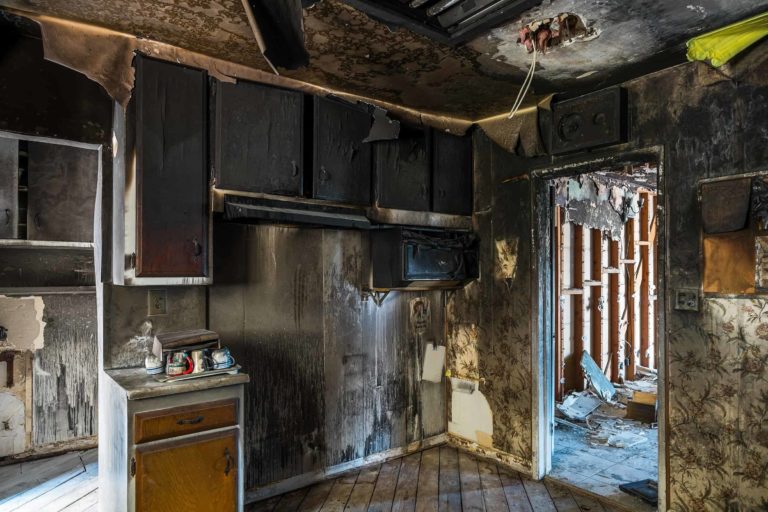
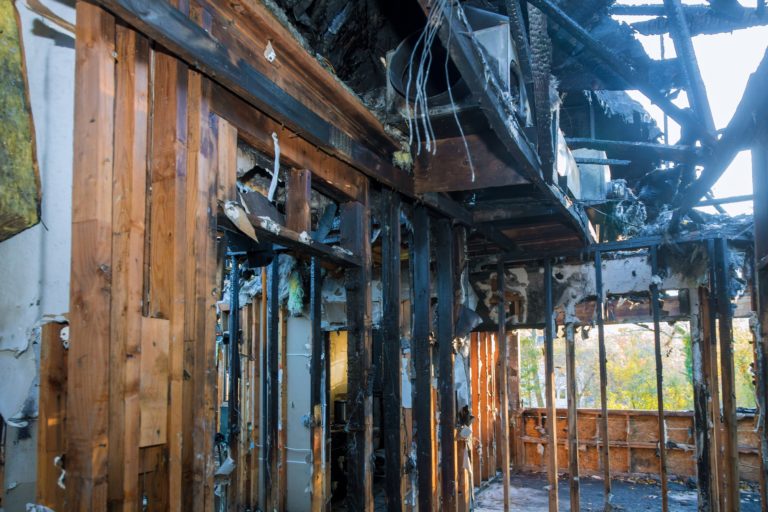
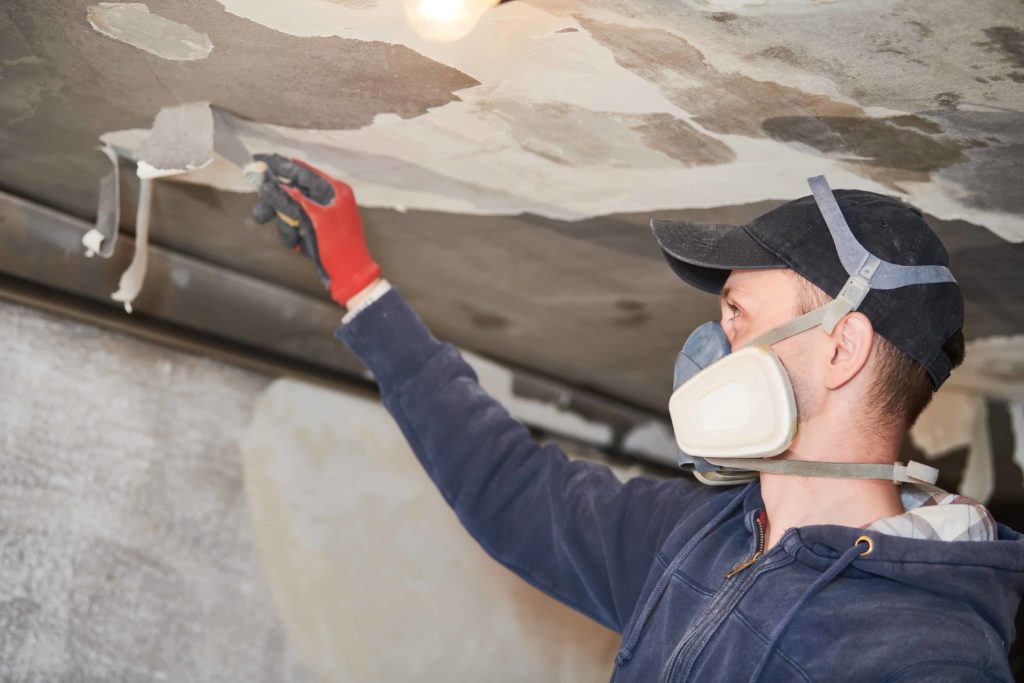
What is Fire Damage Mitigation?
Fire damage can leave Southeast Michigan homeowners and business owners facing major challenges, from structural instability to hazardous smoke and soot contamination. Beyond the visible destruction, toxic residues can seep into walls, ceilings, and HVAC systems, creating serious health risks and long-term property concerns. Water from firefighting efforts often worsens the situation, leading to mold growth and additional deterioration. Without prompt action, these secondary issues can increase repair costs, disrupt daily operations, and make properties unsafe.
Fire damage mitigation is the immediate process of preventing further harm and restoring safety. A fast response helps stabilize the structure, remove hazardous debris, and address hidden damage before it worsens. Industrial-strength air scrubbers, thermal fogging, and advanced cleaning methods remove harmful particulates and lingering smoke odors. Moisture control prevents mold from spreading, while corrosion treatments protect salvageable materials. For Southeast Michigan residents and businesses, professional fire mitigation supports a quicker recovery, reduces financial strain, and helps properties become safe and functional again.
Fire Damage Restoration
Fire damage can leave properties unsafe, with compromised structures, smoke contamination, and persistent odors. For homeowners and businesses in Southeast Michigan, recovering from a fire involves more than clearing debris—it requires professional intervention to restore safety, air quality, and structural integrity. Without timely action, soot and smoke residues can spread through walls, ceilings, and ventilation systems, leading to ongoing damage and costly repairs. Water from firefighting efforts can further weaken structures and create conditions that promote mold growth.
Effective fire damage restoration involves expert evaluation, specialized cleaning, and precise reconstruction. Professional services include smoke and soot removal, odor treatments, structural drying, and full-scale property repairs. Techniques such as thermal fogging, ozone treatments, and HEPA filtration help eliminate airborne contaminants, creating a safer indoor environment. For property owners in Southeast Michigan, rapid restoration efforts can prevent further deterioration and reduce financial strain. Acting quickly helps restore homes and businesses, allowing daily life to resume with minimal disruption.
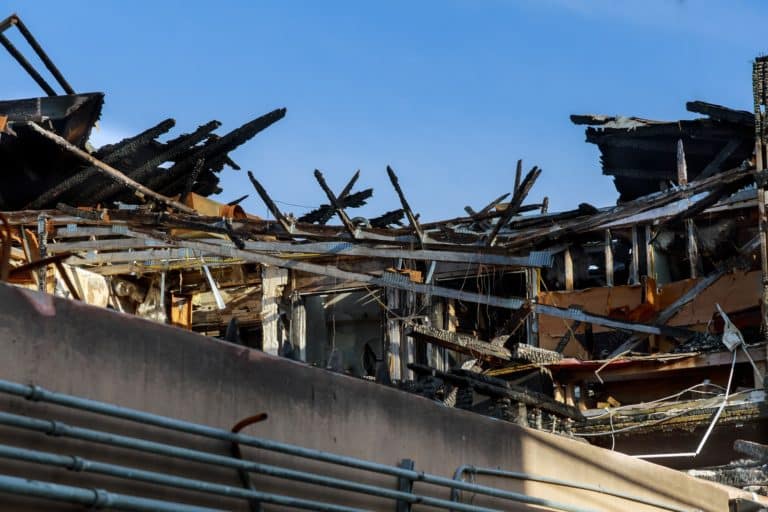

Smoke and Odor Removal – Understanding Different Types of Smoke Odor After a Fire
When a fire occurs, the flames may be extinguished quickly, but the damage left behind can linger long after. One of the most persistent and challenging issues in fire restoration is smoke odor. Smoke doesn’t just disappear—it penetrates walls, flooring, furniture, and HVAC systems, leaving behind strong, unpleasant odors that can make a home or business unlivable. Without proper removal techniques, these odors can continue to circulate, causing respiratory discomfort, triggering allergies, and reminding property owners of the traumatic event.
For residents and businesses in Southeast Michigan, where fluctuating temperatures and humidity can intensify smoke odor absorption, effective removal is critical. Understanding the different types of smoke and the odor challenges they present can help determine the best restoration approach.
Types of Smoke Odor After a Fire
Dry Smoke Odor (Fast-Burning Fires)
Fires fueled by paper, wood, or natural fabrics produce dry smoke that leaves a fine, powdery residue. This residue settles into small crevices, making cleanup easy but difficult to eliminate completely if not treated properly. Dry smoke can penetrate porous surfaces like drywall and upholstery, potentially causing a lingering odor that remains long after cleanup unless thoroughly addressed.
Wet Smoke Odor (Slow-Burning, Smoldering Fires)
Protein Smoke Odor (Kitchen Fires & Organic Materials)
Fuel & Oil Smoke Odor (Garage & Industrial Fires)
Toxic Smoke Odor (Mixed Material Fires)
Effective Smoke Odor Removal Solutions
Comprehensive smoke and odor removal requires a multi-step approach tailored to the specific type of smoke damage:
- Thermal Fogging: This process uses a heated deodorizing fog that mimics the way smoke particles penetrate surfaces, allowing it to reach deep into walls, flooring, and furniture to neutralize trapped odors.
- Ozone Treatment: Ozone generators break down smoke odor molecules, effectively eliminating even the most stubborn smells. This method is particularly useful for severe smoke damage and spaces with lingering protein or fuel smoke odors.
- Hydroxyl Generators: A safer alternative to ozone, hydroxyl technology neutralizes odors while being safe for occupied spaces, making it an ideal solution for homes and businesses during restoration.
- HEPA Air Scrubbers & Negative Air Machines: These filtration systems capture airborne smoke particles, preventing them from settling back onto surfaces and ensuring improved indoor air quality.
- Deep Cleaning & Sealants: Walls, ceilings, floors, and ventilation systems must be thoroughly cleaned using specialized solutions. In cases where smoke odor has deeply penetrated porous materials, applying odor-blocking sealants to walls and subflooring can prevent recurring smells.
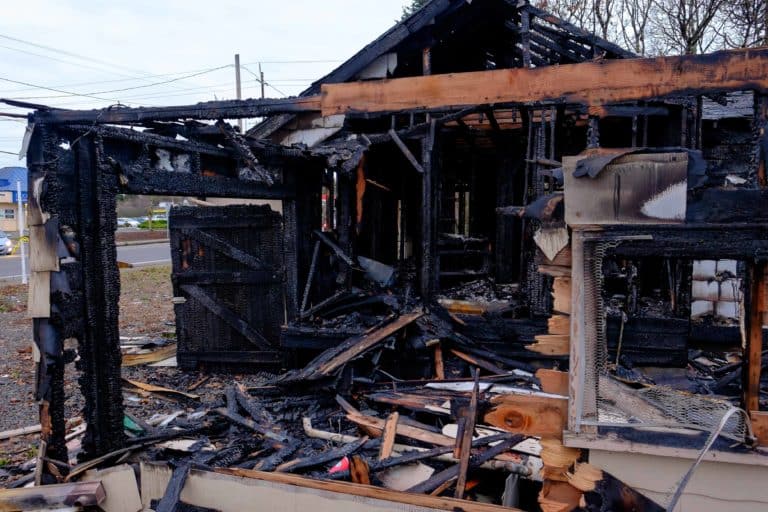
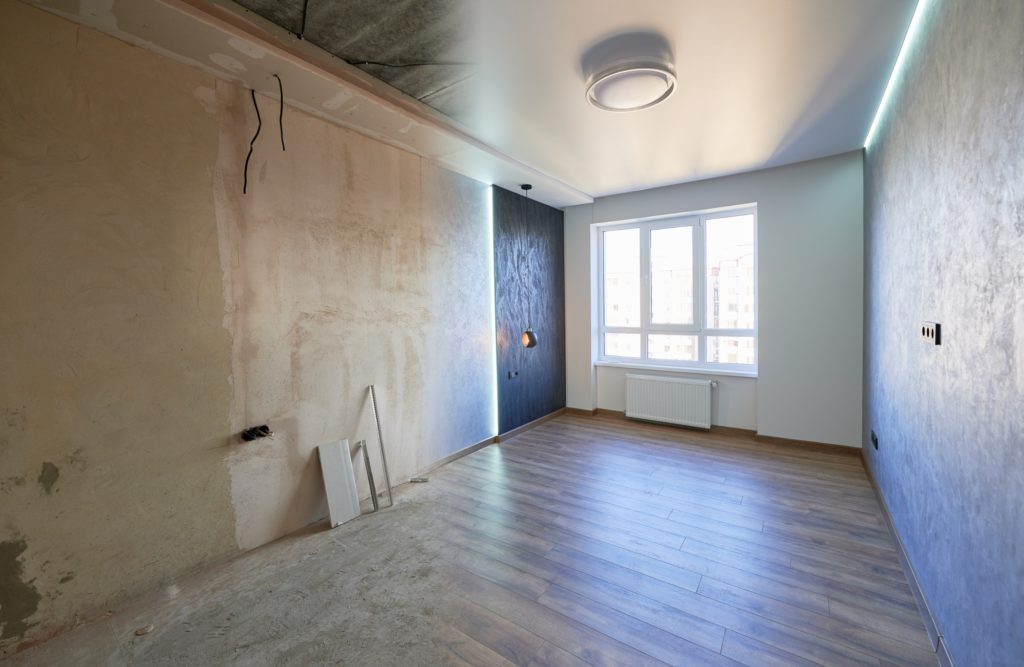
Addressing Smoke Odor Before It Becomes a Long-Term Problem
The longer the smoke residue lingers, the more difficult it becomes to remove. If not properly treated, smoke odor can remain for months or even years, creating an unhealthy living or working environment. For Southeast Michigan homeowners and business owners, rapid response is key to minimizing long-term damage and preventing the need for costly repairs.
By identifying the type of smoke involved and applying targeted removal techniques, properties can be restored to a clean, safe, and odor-free condition. Smoke odor should never be ignored—professional intervention ensures that the damage is thoroughly addressed, preventing ongoing respiratory risks, property devaluation, and lingering reminders of the fire.
For those dealing with the aftermath of a fire, immediate action can make all the difference in restoring a home or business to its original condition.
FREQUENTLY ASKED QUESTIONS (FAQs)
How soon should fire damage restoration begin?
Restoration should start as quickly as possible once it is safe to do so. The longer soot, smoke, and water from firefighting efforts remain, the more damage they cause. Acting quickly helps reduce structural deterioration, persistent odors, and secondary issues like mold growth.
Is fire damage covered by insurance?
Most homeowners and business insurance policies include coverage for fire damage, but the extent depends on the specific policy. Proper documentation and a detailed evaluation are important when filing a claim. Working with a restoration company that assists with insurance claims can help simplify the process and improve your chances of receiving the full benefits of your policy.
What are the biggest health risks after a fire?
Soot, smoke residue, and airborne toxins can cause respiratory problems, skin irritation, and long-term health concerns. Water used during firefighting efforts can also promote mold and bacterial growth. Professional restoration services focus on the safe removal of hazardous materials and improving indoor air quality.
Can smoke and soot damage be fully removed?
Yes, but it requires specialized techniques and equipment. Smoke and soot can seep into walls, furniture, and HVAC systems. Professional restoration teams use advanced air scrubbing, HEPA filtration, and specialized cleaning solutions to eliminate smoke damage and odors.
How long does the fire damage restoration process take?
The timeline depends on the extent of the damage. Minor restoration work may take a few days, while larger structural repairs and smoke remediation can extend over several weeks. A professional evaluation will provide a clearer estimate based on the severity of the fire.
What should I do immediately after a fire before help arrives?
Prioritize safety and do not enter the property until officials confirm it is secure. If possible, document the damage with photos and contact your insurance provider. Avoid touching soot-covered surfaces to prevent spreading contamination. Reaching out to a fire restoration professional as soon as possible can help reduce further damage and speed up recovery.
